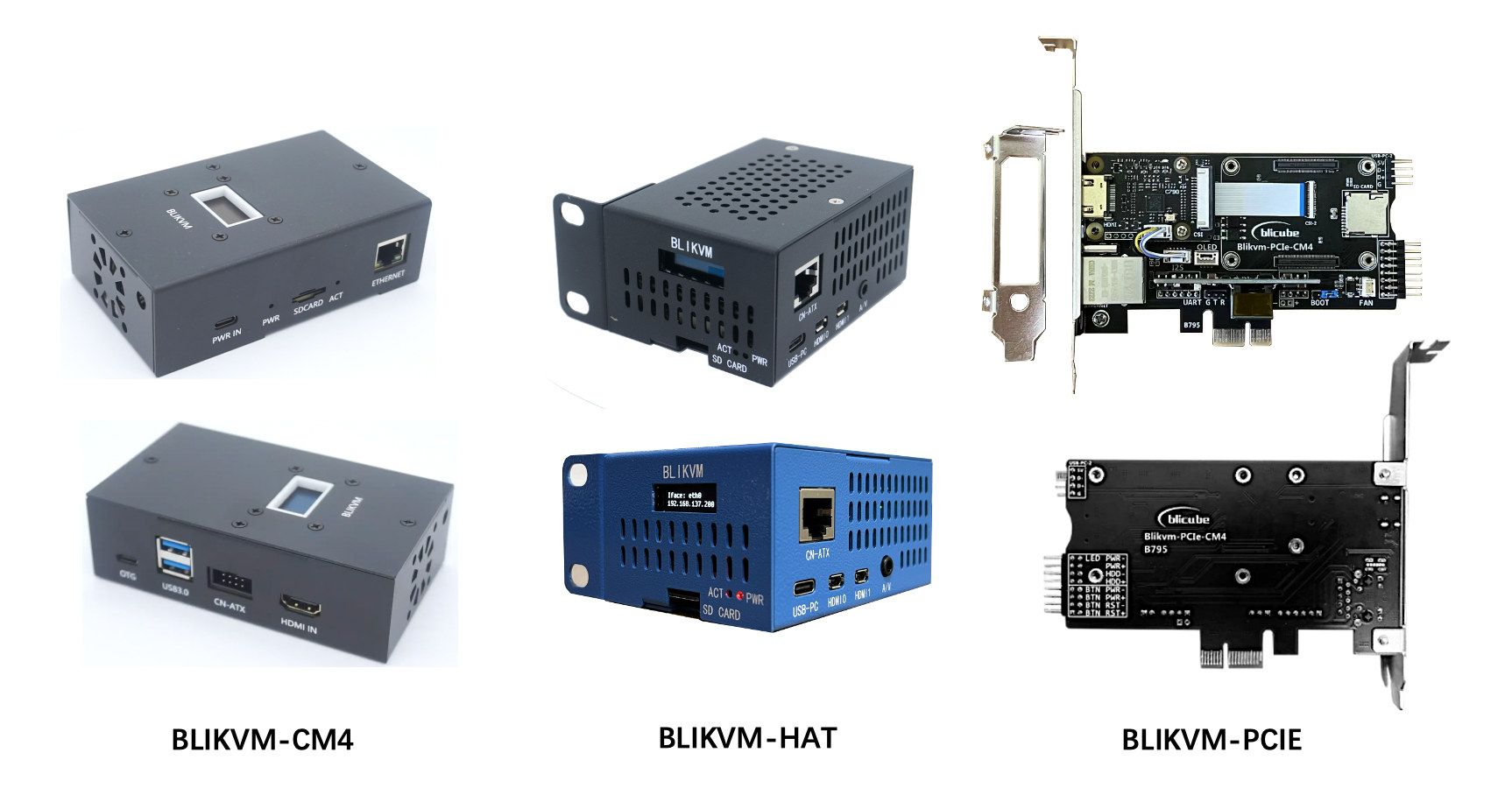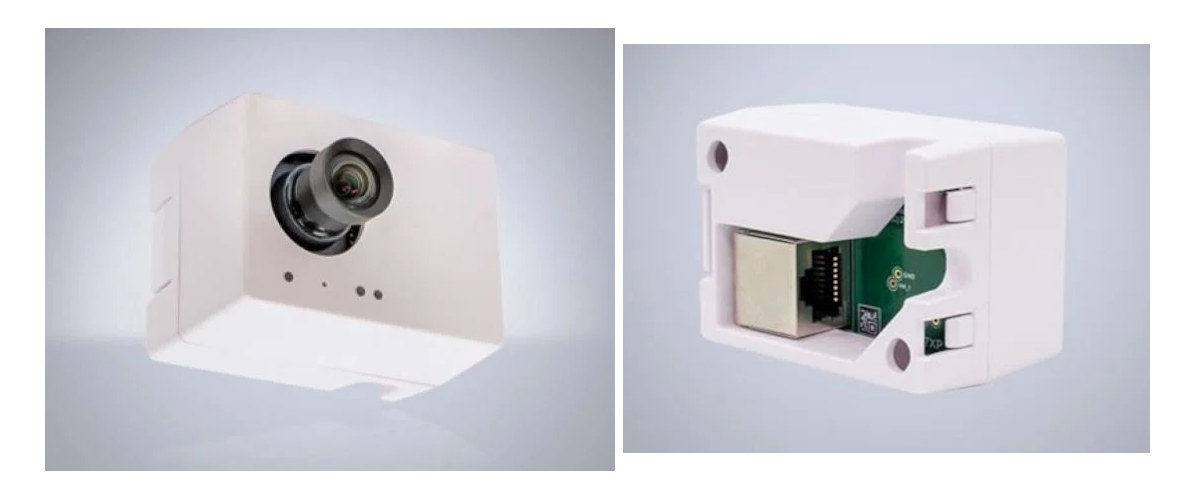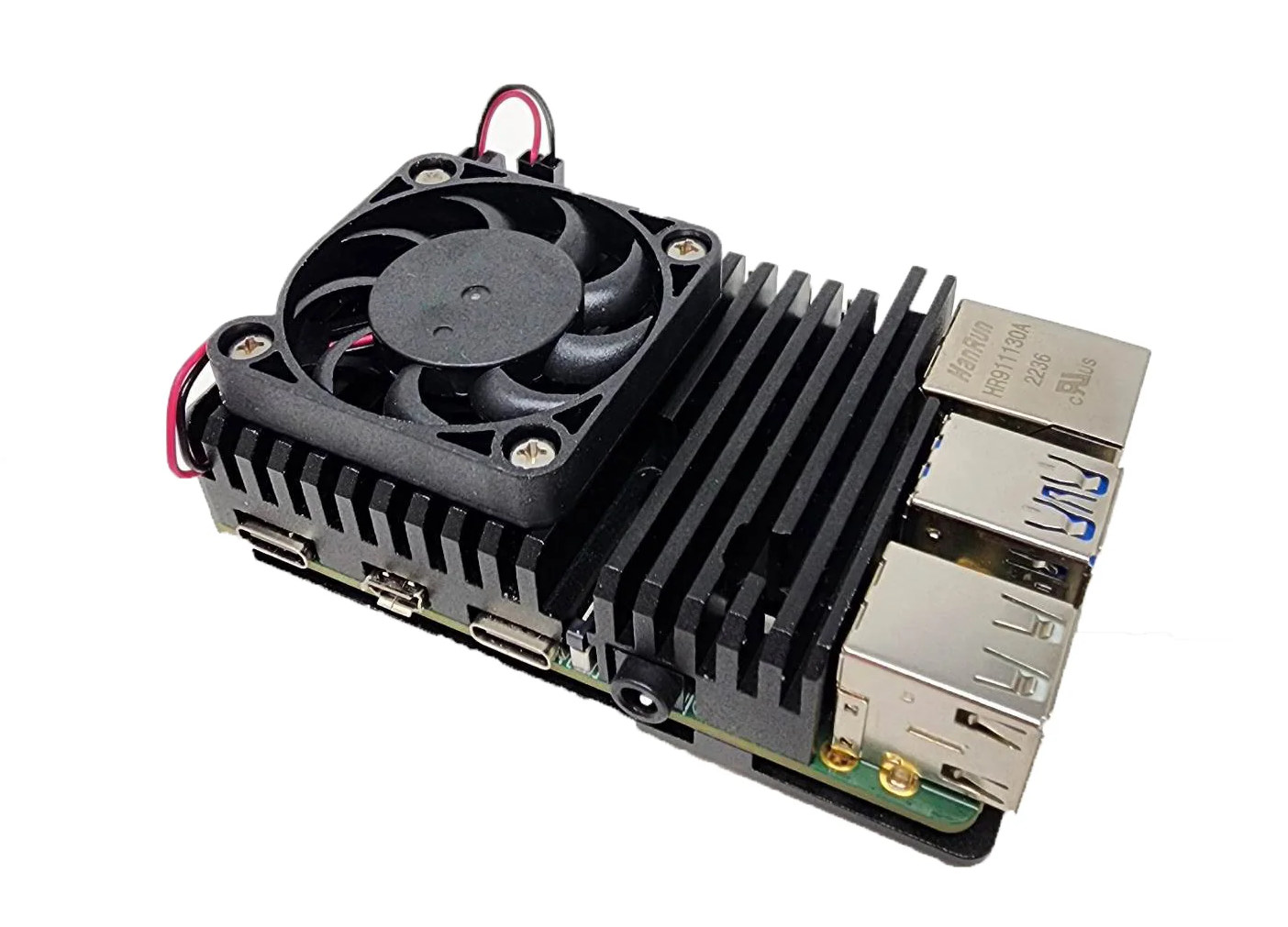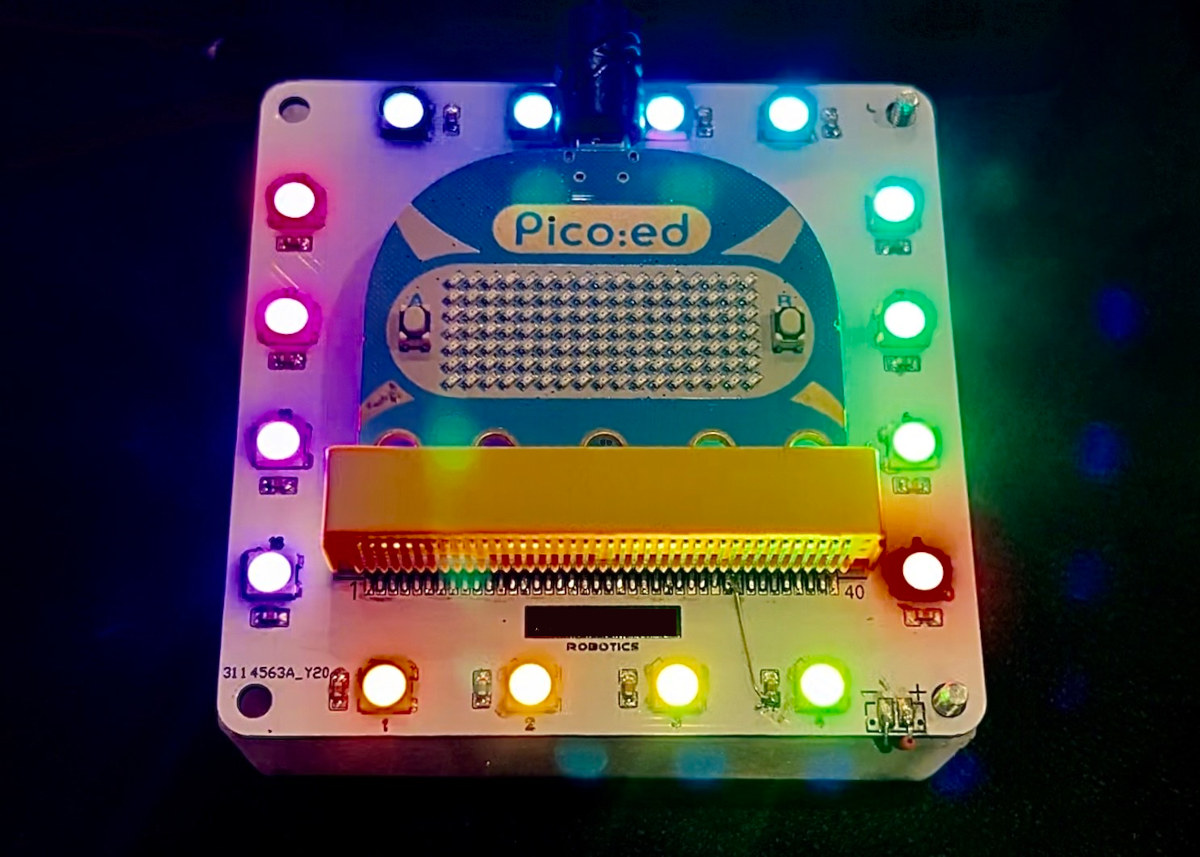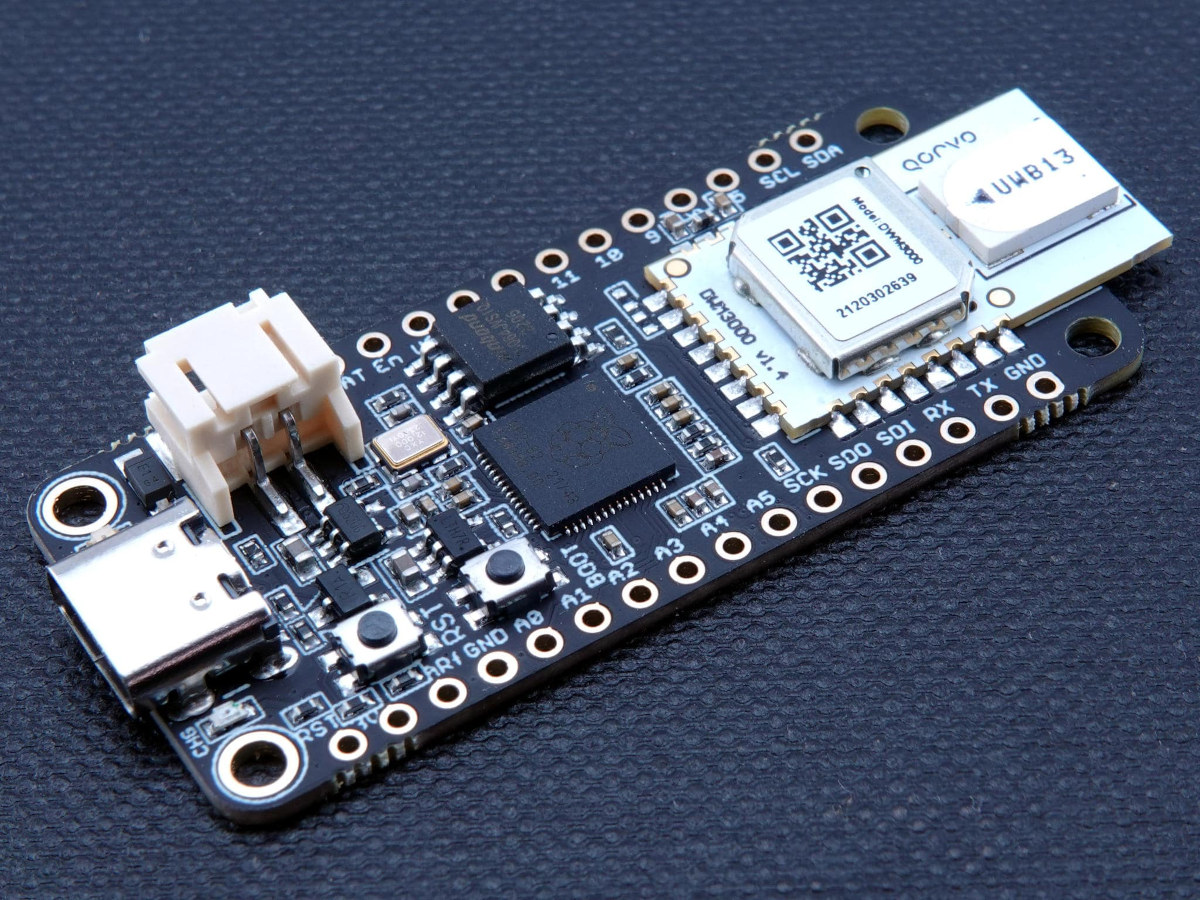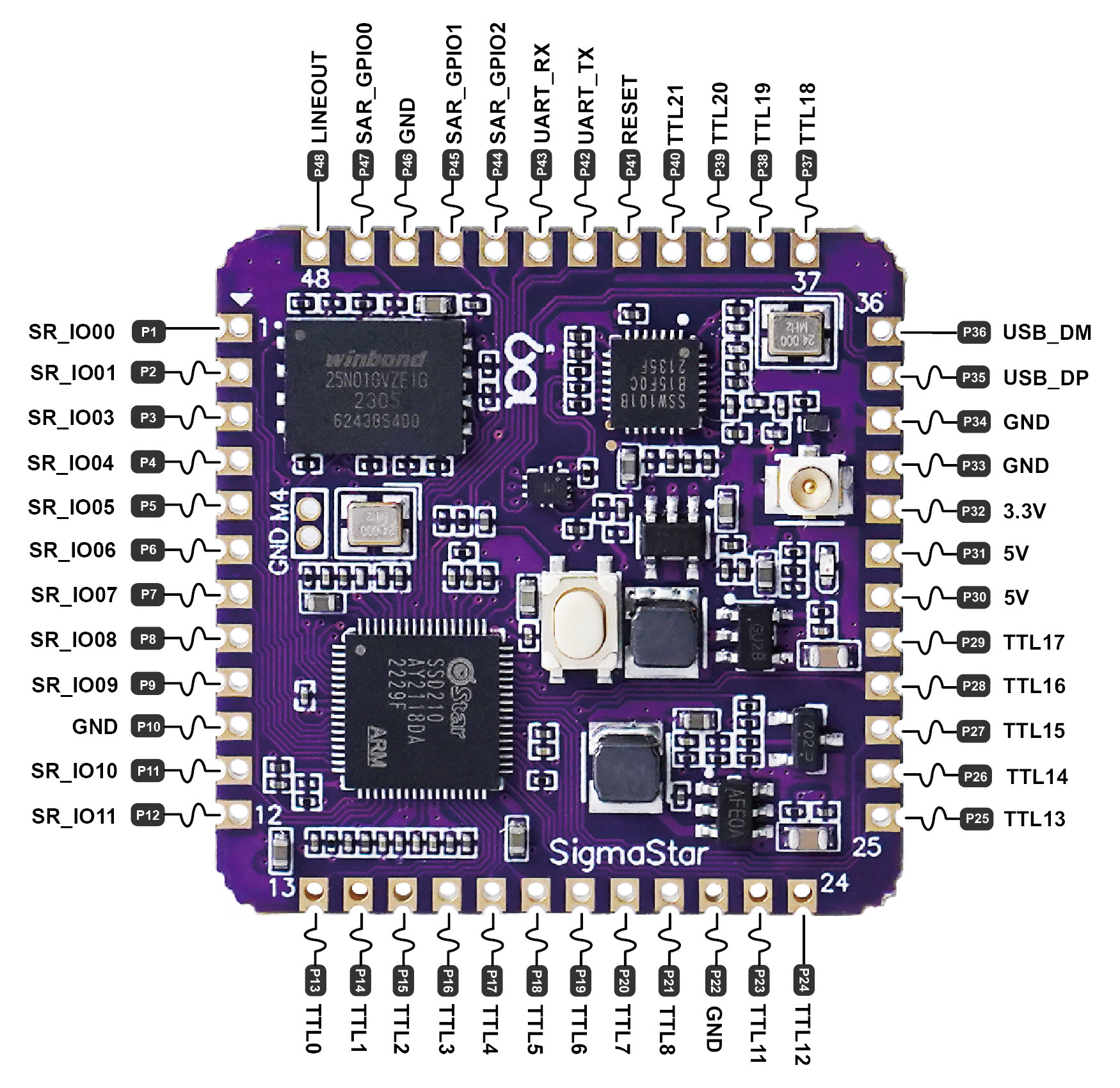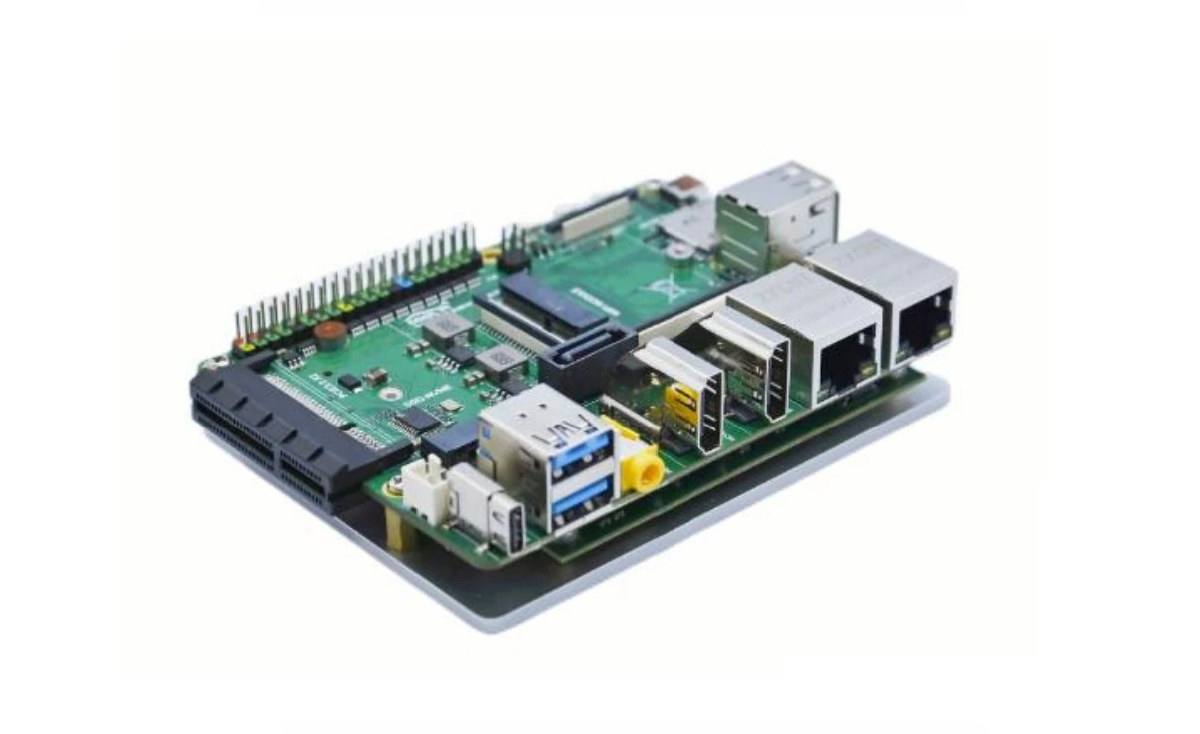BLIKVM is an open-source KVM over IP software that helps you manage servers or workstations remotely regardless of the health of the target system, and currently working with Raspberry Pi CM4 hardware, a Raspberry Pi HAT, or a PCIe board, and a new model based on MangoPi’s Allwinner H616 CPU module is coming soon. We’ve previously written about the Raspberry Pi-based PiKVM DIY project, followed by the PiKVM v3 Raspberry Pi HAT from the same project, and now I can see there’s a CM4-based PiKVM V4 that was on Kickstarter last month and raised over $800,000… You’d think this kind of system would be rather a niche market, but there’s even demand to have a similar open-source project called BLIKVM offering many of the same features since it’s based on PiKVM, except for the option to use a PCIE card fitted with a CM4 module. Highlights of the BLIKVM project: […]
Sony IMX500-based smart camera works with AITRIOS software
Raspberry Pi recently received a strategic investment from Sony (Semiconductor Solutions Corporation) in order to provide a development platform for the company’s edge AI devices leveraging the AITRIOS platform. We don’t have many details about the upcoming Raspberry Pi / Sony device, so instead, I decided to look into the AITRIOS platform, and currently, there’s a single hardware platform, LUCID Vision Labs SENSAiZ SZP123S-001 smart camera based on Sony IMX500 intelligent vision sensor, designed to work with Sony AITRIOS software. LUCID SENSAiZ Smart camera SENSAiZ SZP123S-001 specifications: Imaging sensor – 12.33MP Sony IMX500 progressive scan CMOS sensor with rolling shutter, built-in DSP and dedicated on-chip SRAM to enable high-speed edge AI processing. Focal Length – 4.35 mm Camera Sensor Format – 1/2.3″ Pixels (H x V) – 4,056 x 3,040 Pixel Size, H x V – 1.55 x 1.55 μm Networking – 10/100M RJ45 port Power Supply – PoE+ via […]
Indiedroid Nova is a Rockchip RK3588S SBC with full-body heatsink, fan, and a swappable eMMC flash
Indiedroid Nova is another Rockchip RK3588S SBC with Raspberry Pi 4 form factor, up to 16GB RAM, with a heatsink that serves as a protective cover, fitted with a fan (if needed), and an optional swappable flash module up to 64GB capacity. The Nova board has basically the same port layout as the Raspberry Pi 4, except for one of the micro HDMI ports being replaced by a USB Type-C port with support for DisplayPort, so you’ll still get a Gigabit Ethernet port, WiFi 5 & Bluetooth 5.0 connectivity, two USB 3.0 ports, two USB 2.0 ports, MIPI CSI and DSI connectors, etc… Indiedroid Nova specifications: SoC – Rockchip RK3588S CPU – Octa-core processor with 4x Cortex-A76 cores @ up to 2.2-2.4 GHz, 4x Cortex-A55 cores @ up to 1.8 GHz GPU – Arm Mali-G610 GPU with OpenGL ES 3.2, OpenCL 2.2, and Vulkan 1.2 support VPU – 8Kp60 video […]
Using Pico:ed V2 board as a replacement for BBC Micro:bit
We’ve received a sample of the Pico:ed V2 board developed by ELECFREAKS and will show how to use it as a replacement for the BBC micro:bit in a project using CircuitPython. We’ve already covered the board in detail with specifications, block diagram, and pinout diagram before, and it’s basically a Raspberry Pi Pico RP2040 board with BBC Micro:bit form factor including a 17×7 Dot Matrix LED display, some buttons, a buzzer, but no wireless connectivity, relying only on USB instead. CircuitPython firmware installation on the Pico:ed V2 board The board supports C/C++, MicroPython, and CircuitPython programming languages, and for this review, we’ve decided to download the CircuitPython UF2 firmware. Press and hold the BOOTSEL button after having downloaded the firmware file… … and connect the board to your computer using a USB cable before releasing the BOOSEL button on the Pico:ed V2 board, which should then show up as the […]
Embedded Open Source Summit 2023 schedule – Zephyr OS, Security, IoT, Embedded Linux, and more
The Linux Foundation has just announced the full schedule for the Embedded Open Source Summit, which will take place on June 27-30, 2023 in Prague, Czech Republic, as well as virtually starting on June 26. Over 175 sessions, birds of a feather (BoF) tracks, and workshops related to embedded and open-source innovation will be presented at the event itself comprised of six micro conferences: Automotive Linux Summit Europe, Embedded IoT Summit, Embedded Linux Conference, LF Energy Embedded Summit, Safety-Critical Software Summit, and Zephyr Project Developer Summit. Even though I’m not going to attend personally, I’ve gone through the schedule to create my own little virtual schedule with some sessions relevant that should be interesting to me and hopefully to CNX Software readers. Monday, June 26 (Virtual sessions) The first day of the event will have a Yocto Dev training in the morning, and a bunch of virtual sessions that are […]
Challenger RP2040 board gets DWM3000 UWB module for indoor positioning, up to 10 Mbps data transfers
The Challenger RP2040 UWB board features a Raspberry Pi RP2040 microcontroller combined with a DWM300 UWB (Ultra-Wide Band) module in the Adafruit Feather form factor and is designed for indoor positioning and ranging applications with an up to 10-centimeter accuracy, and data transfers up to 10 Mbps. The first Challenger RP2040 board was introduced in 2021 with an ESP8285 WiFi chip, iLabs (Invector Labs) shortly followed up with the Challenger RP2040 LoRa with an RFM95W LoRa module, and they also made models with NFC and cellular connectivity. The Swedish company has now just introduced their latest Challenger board with the Challenger RP2040 UWB leveraging UWB technology. Challenger RP2040 LoRa board preliminary specifications: MCU – Raspberry Pi RP2040 dual-core Cortex-M0+ MCU @ 133MHz with 264KB SRAM Storage – 8MB flash Wireless module – Qorvo DWM3000 UWB module connected via SPI Chip – Qorvo DW3110 ultra-wideband (UWB) transceiver IC, compliant with IEEE […]
$7 DongshanPI-PicoW is a small Arm Linux board with SSW101B USB WiFi chip, four 12-pin headers
Based on its name, the DongshanPI-PicoW board/module aims to be an Arm Linux alternative to the Raspberry Pi Pico W with a SigmaStar SSD210 dual-core Cortex-A7 processor with 64MB RAM, an SSW101B USB WiFi 4 chip, plus a good amount of I/Os thanks to four 12-pin headers. The module also comes with a 128MB SPI flash to run Linux, takes 5V power input, and offers a display interface up to 1280×800, USB 2.0, audio interfaces, and more in a small 31×31 mm form factor with 48 through and castellated holes that should be easy to integrate into compact devices. DongshanPI-PicoW specifications: SoC – SigmaStar SSD210 dual-core Arm Cortex-A7 at up to 1.0GHz with FPU, NEON, MMU, DMA, 2D graphics accelerator, 64MB on-chip DDR2 RAM Storage – 128MB SPI NAND flash (Winbond W25N010) Connectivity – Sigmastart SSW101B 802.11b/g/n 2.4GHz 1T1R WiFi 4 module + u.FL antenna connector USB switch – Onsemi […]
Cool Pi CM5 evaluation board features Rockchip RK3588/RK3588J system-on-module
Cool Pi CM5 is a system-on-module based on Rockchip RK3588 or RK3588J (industrial temperature range) octa-core Arm Cortex-A76/A55 processor with up to 32GB RAM, 256GB eMMC flash, offered with a development board with dual GbE, two 8K HDMI 2.1 ports, a PCIe 3.0 x2 slot, M.2 NVMe and SATA storage, and more… At the end of last year, we wrote about the Cool Pi 4 as a much faster alternative to Raspberry Pi 4 SBC, and the company has now launched a Raspberry Pi Compute Module 4 and Radxa CM5 alternative with the Cool Pi CM5 MXM 3.0 system-on-module that they offer along with a feature-rich evaluation board (EVB). Cool Pi CM5 EVB specifications: System-on-Module SoC – Rockchip RK3588(J) octa-core processor with 4x Cortex‑A76 cores @ up to 2.4GHz, 4x Cortex‑A55 core @ 1.8GHz Arm Mali-G610 MP4 “Odin” GPU Video decoder – 8Kp60 H.265, VP9, AVS2, 8Kp30 H.264 AVC/MVC, 4Kp60 […]


